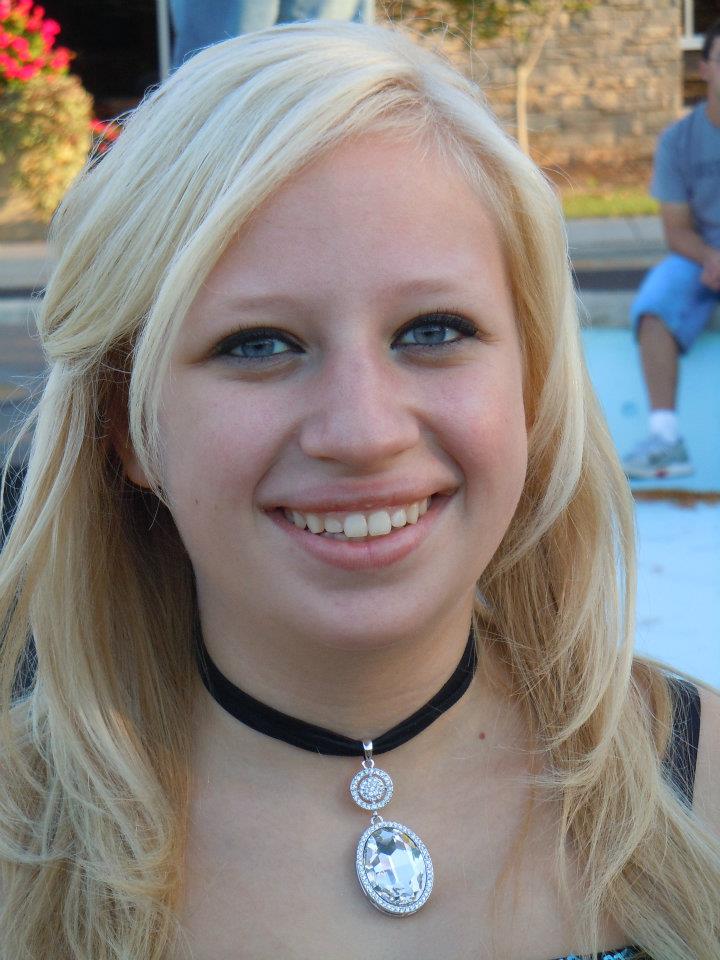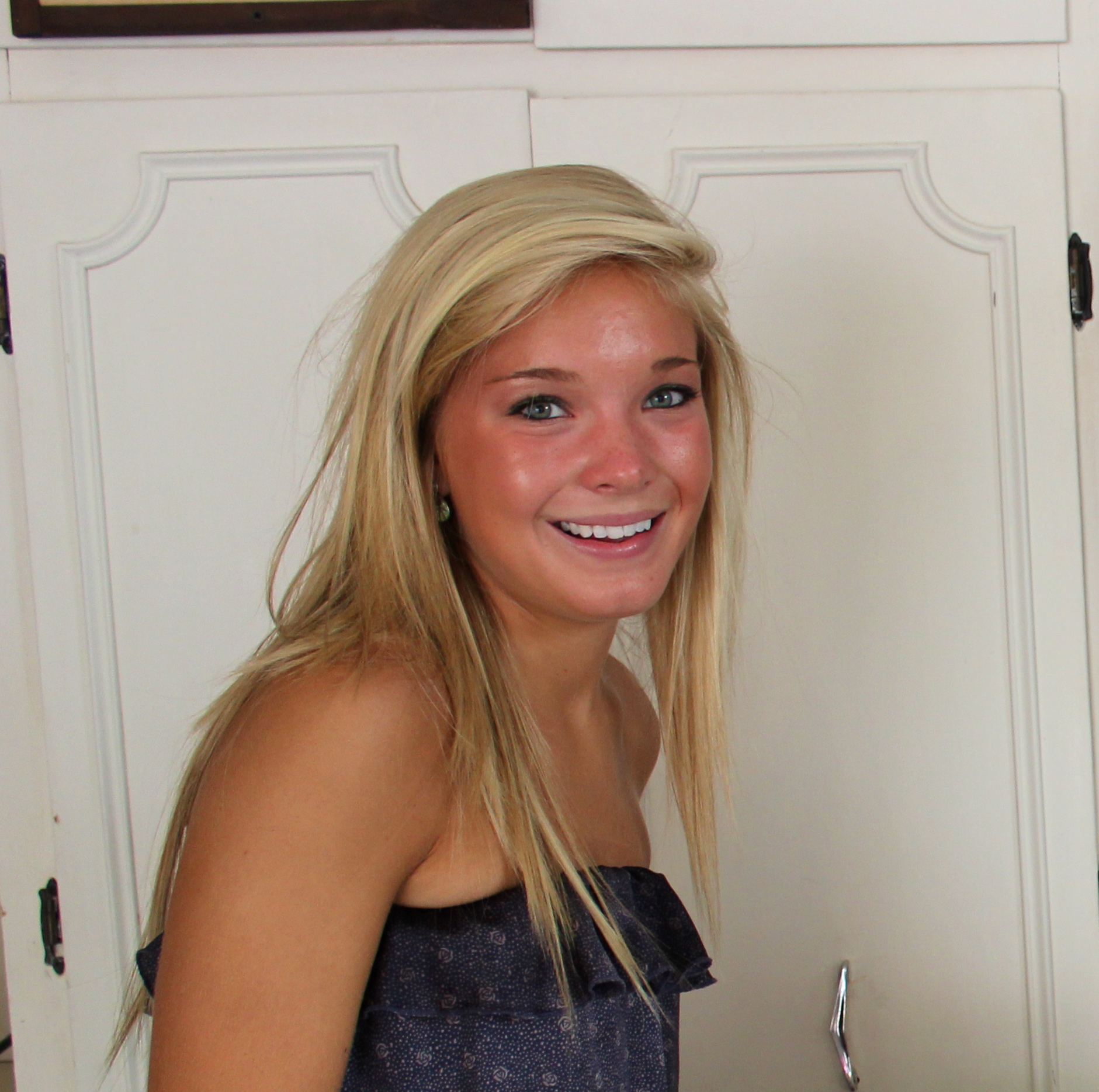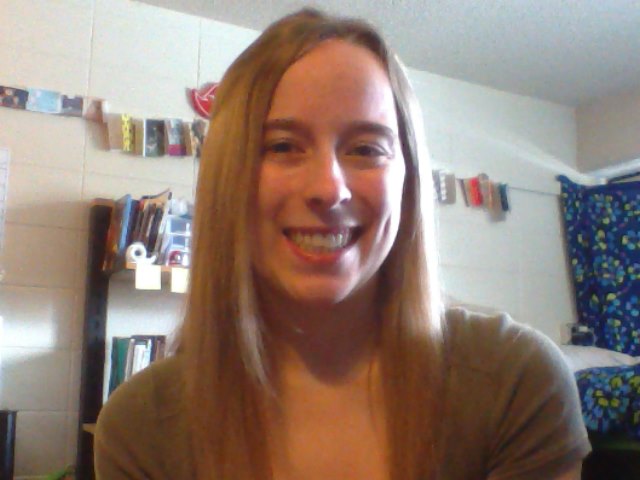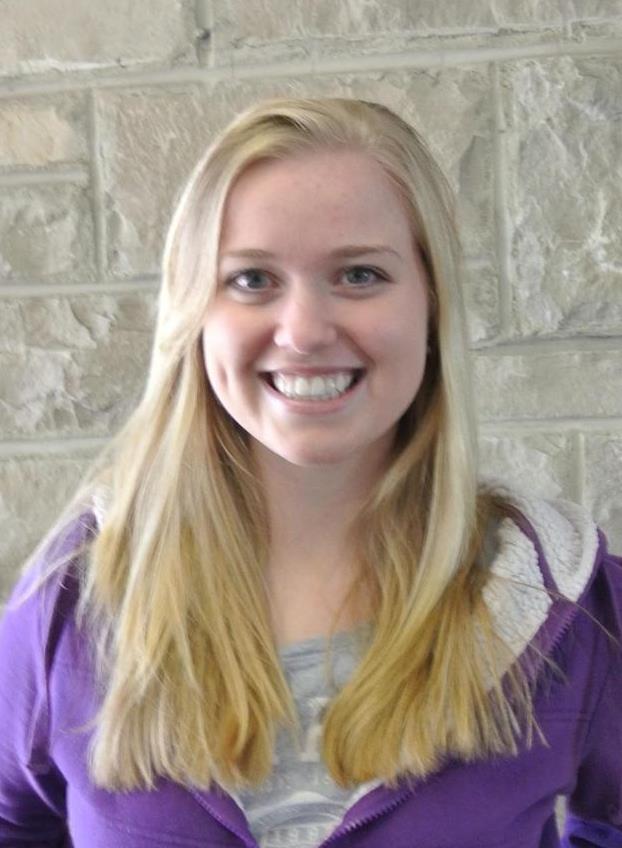Celebration of Scholars
Hunting for Phage at Carthage: Characterization of Mycobacteriophage Squid
 Name:
Elizabeth Allen
Name:
Elizabeth Allen
Major: Biology
Hometown: Appleton, WI
Faculty Sponsor:
Other Sponsors:
Type of research: Course project
Funding: Howard Hughes Medical Institute
 Name:
Kara Aittama
Name:
Kara Aittama
Major: Biology
Hometown: Plover, WI
Faculty Sponsor:
Other Sponsors:
Type of research: Course project
Funding: Howard Hughes Medical Institute
 Name:
Alissa Behl
Name:
Alissa Behl
Major: Biology
Hometown: Lindstrom, MN
Faculty Sponsor:
Other Sponsors:
Type of research: Course project
Funding: Howard Hughes Medical Institute
 Name:
Tiffany Burton
Name:
Tiffany Burton
Major: Biology
Hometown: Huntley, IL
Faculty Sponsor:
Other Sponsors:
Type of research: Course project
Funding: Howard Hughes Medical Institute
 Name:
Emily Duex
Name:
Emily Duex
Major: Biology
Hometown: Spring Grove, IL
Faculty Sponsor:
Other Sponsors:
Type of research: Course project
Funding: Howard Hughes Medical Institute
 Name:
Beth Klein
Name:
Beth Klein
Major: Biology
Hometown: Sheboygan, WI
Faculty Sponsor:
Other Sponsors:
Type of research: Course project
Funding: Howard Hughes Medical Institute
 Name:
Elizabeth Lanum
Name:
Elizabeth Lanum
Major: Biology
Hometown: Kenosha, WI
Faculty Sponsor:
Other Sponsors:
Type of research: Course project
Funding: Howard Hughes Medical Institute
 Name:
Benjamin Massat
Name:
Benjamin Massat
Major: Biology
Hometown: Buffalo Grove, IL
Faculty Sponsor:
Other Sponsors:
Type of research: Course project
Funding: Howard Hughes Medical Institute
 Name:
Elizabeth Roggasch
Name:
Elizabeth Roggasch
Major: Biology
Hometown: Kearney, Nebraska
Faculty Sponsor:
Other Sponsors:
Type of research: Course project
Funding: Howard Hughes Medical Institute
 Name:
Kristen Verdoorn
Name:
Kristen Verdoorn
Major: Biology
Hometown: Merrill, WI
Faculty Sponsor:
Other Sponsors:
Type of research: Course project
Funding: Howard Hughes Medical Institute
 Name:
Haley Wilke
Name:
Haley Wilke
Major: Biology
Hometown: Dekalb, IL
Faculty Sponsor:
Other Sponsors:
Type of research: Course project
Funding: Howard Hughes Medical Institute
Abstract
Bacteriophages are very abundant and diverse viruses, which must infect and kill host bacteria in order to replicate. The clinical use of bacteriophages has the potential to cure infections caused by antibiotic resistant bacteria as well as to rapidly diagnose specific bacterial infections. Our study focuses upon the isolation and characterization of mycobacteriophages, which infect the genus Mycobacterium, and have the potential to be used for treatment and diagnosis of tuberculosis, a global disease caused by Mycobacterium tuberculosis. Multiple mycobacteriophage were isolated using M. smegmatis, a nonpathogenic relative of M. tuberculosis, as the bacterial host. These phages were examined for plaque morphology, phage morphology, and DNA restriction patterns. Four of the 12 phages isolated were temperate phage, and all of the phages examined with the electron microscope had long, non-contractile tails, categorizing them as siphoviridae. In addition, one phage, Squid, was chosen for genome sequencing. Squid’s sequence revealed that it is a B1 cluster phage, and the genome is being annotated to identify the location and function for every gene.
Submit date: March 15, 2013, 10:20 p.m.
